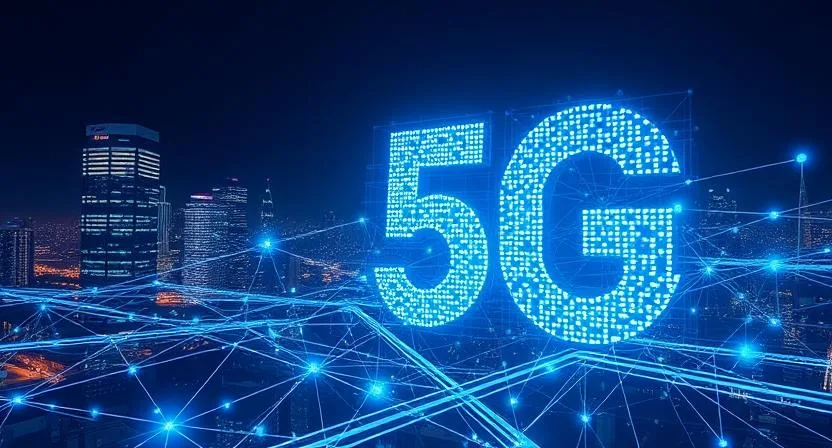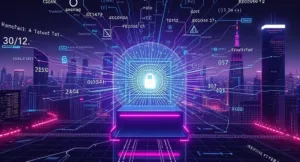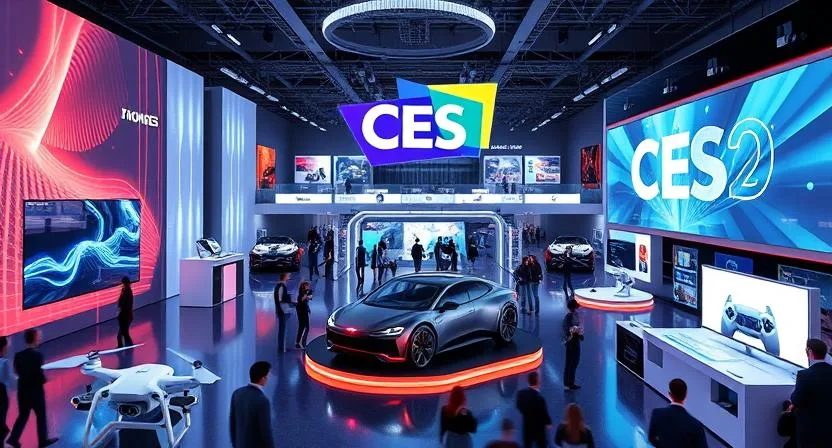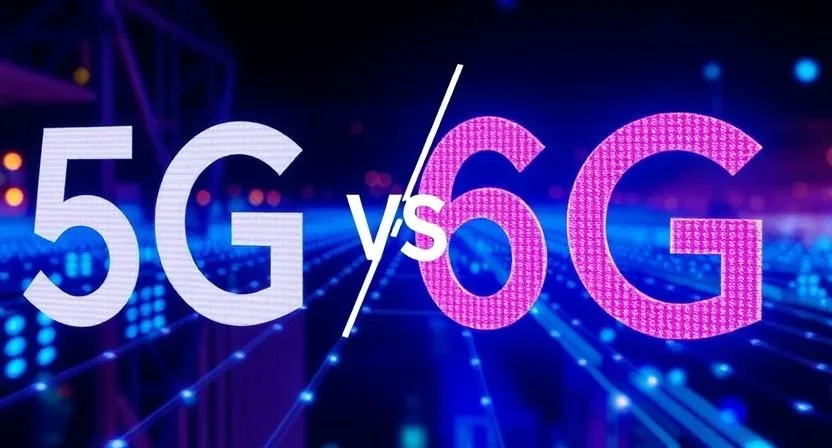Constant improvements in the fast-paced world of technology put us at the beginning of 5G technology. 5G will transform our means of communication, connection, business behavior, and the planet. Not only is 5G better than its predecessors in terms of speed, very low latency, and massive bandwidth capacity. It is a huge stride toward a future that seems just limitless.
This post will discuss the development of wireless technology from 1G to 5G and some important characteristics of 5G. We will investigate how it affects several sectors and find its part in the Internet of Things (IoT). We will also go over how it may influence smart cities and handle privacy and security issues. Finally, we will investigate the prospects and difficulties of the broad acceptance of 5G, therefore exposing how this innovative technology will transform the planet as we know it.
A Rapid Review of the Evolution from 1G to 5G Technology
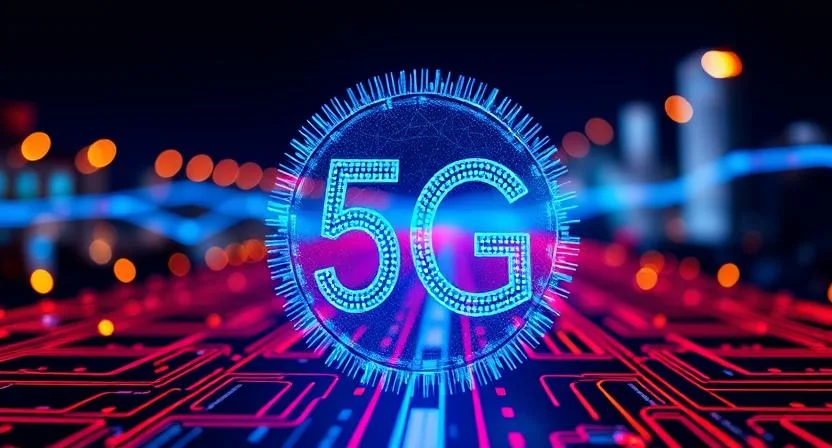
Wireless communication has progressed noticeably since the 1980s with the arrival of the first generation (1G). Though it was sluggish and had limited coverage, 1G brought us to analog cellular networks that let for simple phone conversations. Apart from that, the second generation (2G) provided digital networks, therefore enabling text messaging and limited data capabilities. While 3G enhanced data flow, thereby enabling internet access and multimedia apps. Fourth generation (4G) then represented a major leap toward faster data rates. It helped to create apps-based services, video streaming, and mobile Internet.
At last we arrive at 5G, the height of connectivity and creativity. With Boasting speeds up to 100 times faster than 4G, 5G’s ultra-low latency of only few milliseconds will enable real-time interactions and a flawless user experience. Moreover, 5G will manage a lot of linked devices, which forms the basis of smart cities and the Internet of Things (IoT). This amazing transformation will change sectors and society all around.
The Main Characteristics of 5G Technology
If you find yourself wondering how 5G will transform the planet, consider that its revolutionary powers are defined by three pillars:
Enhanced Data Speeds: 5G will provide hitherto unheard-of data rates ranging from 10 to 100 gigabytes per second. Users will be empowered to experience flawless live streaming and download high-quality videos in seconds.
Data transmission latency—that is, the time it takes for data to get to the recipient—is extremely low. Applications like remote surgery and driverless cars depend on real-time responsiveness, which 5G’s ultra-low latency of a few milliseconds will provide.
5G will enable up to 1 million linked devices per square kilometer. It much exceeds the capability of past generations. This will help the Internet of Things and smart gadgets to flourish, hence improving automation and efficiency in many different fields.
5G’s Effect on Various Sectors
The rollout of 5G will have a transforming effect on many different sectors:
Healthcare: With 5G’s real-time connection, telemedicine will thrive, allowing remote consultations and continuous patient monitoring. Furthermore, the application of virtual reality (VR) and augmented reality (AR) could improve surgical methods and medical education.
5G’s low latency and strong fast-speed connectivity will hasten the creation of driverless cars, therefore enhancing traffic control and road safety.
Manufacturing: 5G’s capacity to enable a great number of IoT devices and offer real-time data insights will cause a boom in automation. Increased production and simplified processes follow from this.
Education: AR and VR-powered remote learning will turn into more dynamic and interesting experience. It will let students view immersive instructional materials and virtual classrooms.
Entertainment: 5G will enable immersive AR/VR experiences, hence transforming the sector. Using cloud gaming and ultra-fast downloads, it will strengthen the gaming sector.
Retail: Improved connection will result in tailored ads, cashier-less shops, and augmented reality try-on solutions all around a smooth shopping experience.
The part 5G plays in IoT, or Internet of Things\
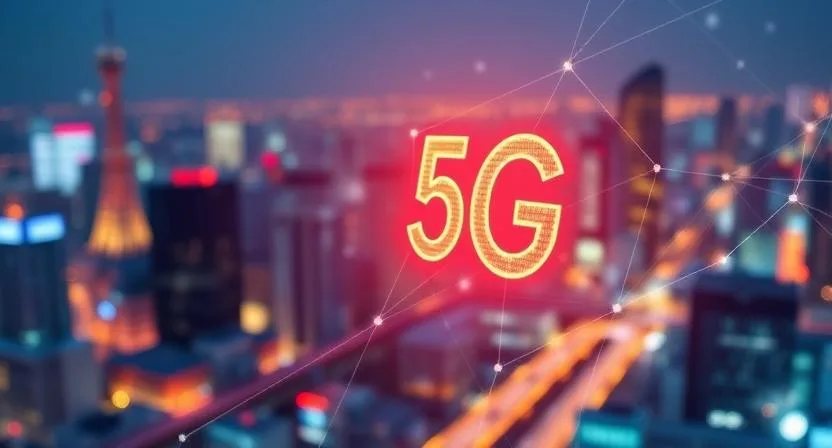
Comprising a network of linked hardware and software-enabled objects capable of sharing data, the Internet of Things (IoT) is 5G’s capabilities will help to unlock the IoT’s full potential:
Adoption of IoT will explode with 5G’s capacity to manage vast device interconnection. This is so because billions of smart devices—from smart homes to wearable health monitors—become linked.
Low power consumption of 5G will help IoT devices to last longer from batteries. Such expansion will help to promote sustainable technologies and lessen environmental effect.
Low latency of 5G will make immediate data processing possible. Applications like autonomous cars and infrastructure for smart cities that have to be finished fast depend on it.
5G-enabled IoT solutions will help the manufacturing and industrial sectors optimize operations, predictive maintenance will help to save costs and boost efficiency by means of cost-effective implementation.
5G and Towards Smart Cities
The idea of smart cities arises as a way to solve the problems of urban life as the globe gets more urbanized. The shape of smart cities depends much on 5G:
5G-powered sensors and gadgets will track important infrastructure, including utilities and transportation networks, thereby maximizing maintenance and resource allocation.
5G-enabled traffic control technologies will improve mobility, lower congestion, and open the path for autonomous cars to negotiate effortlessly.
Smart cities will make use of 5G for better public safety, healthcare, and educational opportunities, therefore raising the general standard of living for their citizens.
Smart grids driven by 5G will maximize energy use. Moreover, the environmental sensors will track pollution levels, therefore promoting sustainability in metropolitan settings.
Consequences for Security and Privacy in the 5G Technology Age
Although 5G offers many advantages, it also begs privacy and security questions:
Data vulnerability: More devices linked via 5G raise the possibility of data leaks and cyberattacks, which calls for strong security protocols.
Widespread IoT device deployment in smart cities might generate questions around monitoring and data privacy. A great difficulty is balancing security with personal privacy.
Policymakers must change and create thorough rules to handle the special security issues raised by 5G technology.
Difficulties and Perspectives for 5G Technology Adoption
The path to general 5G acceptance offers both possibilities and difficulties:
The introduction of 5G requires extensive infrastructure improvements, which might be costly and time-consuming.
Ensuring reliable 5G coverage in rural and isolated locations provides a difficulty but also offers chances for economic growth and digital gap bridging.
From previous networks to 5G, smooth integration and compatibility are required, so significant research investment is needed.
In the end
With its unmatched connectedness and inventiveness, 5G technology is poised to change the planet. Its low latency, great device capacity, and ultra-high speeds will transform sectors, build smart cities, and allow a new era of connection. This change is hampered, nevertheless, especially in relation to infrastructure development, security, and privacy. By addressing these challenges and grabbing chances, we can ensure a future in which 5G technology really improves the planet. We must be aware of the possible effects of this technology revolution and appropriately negotiate the road towards a more linked and rich future.
Hot Topics now-a-days:

